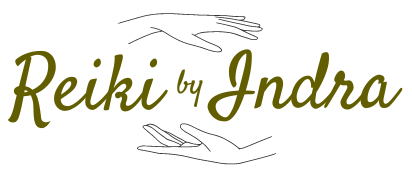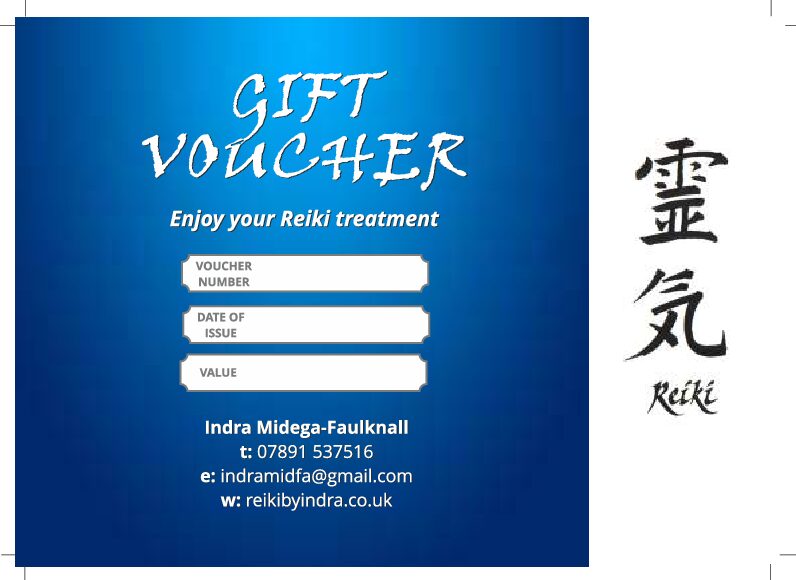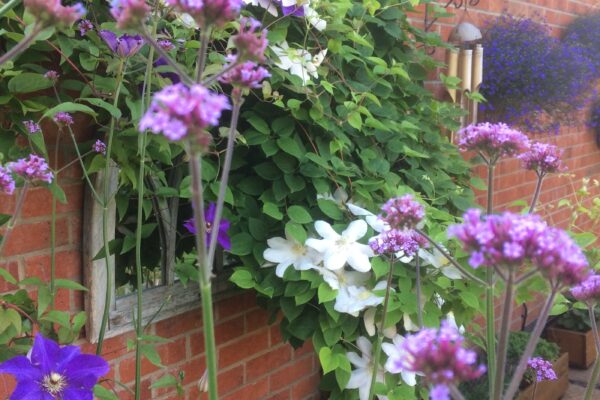Complementary therapies which include REIKi, also known as alternative or integrative medicine, encompass a range of practices aimed at promoting overall well-being and addressing health concerns from a holistic perspective. From traditional Chinese medicine to Ayurveda and REIKI, these therapies focus on treating the whole person – mind, body, and spirit.
REIKI is generally a good starting point – it relaxes the client, enhances vitality and well-being, brings balance and soothes a wide range of physical, emotional, mental and spiritual upsets and discomforts. REIKI complements and works with conventional and complementary medicine and is great way how enhance wellbeing.
Types of Complementary and Alternative Medicine (CAM)
People may use the term “natural,” “holistic,” “home remedy,” or “Eastern Medicine” to refer to CAM. However, experts often use five categories to describe it. These are listed below with examples for each.
Mind–body therapies
These combine mental focus, breathing, and body movements to help relax the body and mind. Some examples are
- meditation: focused breathing or repetition of words or phrases to quiet the mind and lessen stressful thoughts and feelings.
- biofeedback: using special machines, the patient learns how to control certain body functions that are normally out of one’s awareness (such as heart rate and blood pressure).
- hypnosis: a trance-like state in which a person becomes more aware and focused on certain feelings, thoughts, images, sensations or behaviours. A person may feel calmer and more open to suggestion in to aid in healing.
- yoga: ancient system of practices used to balance the mind and body through stretches and poses, meditation, and controlled breathing
- tai chi: a form of gentle exercise and meditation that uses slow sets of body movements and controlled breathing
- imagery: focusing on positive images in the mind, such as imagining scenes, pictures, or experiences to help the body heal
- creative outlets: interests such as art, music, or dance
Biologically based practices
This type of CAM uses things found in nature. Some examples are
- vitamins: nutrients the body needs in small amounts to function and stay healthy
- dietary supplements: products added to the diet that may contain ingredients such as vitamins, minerals, and herbs, to name a few
- botanicals: plants or parts of plants.
- herbs and spices such as turmeric or cinnamon
- special foods or diets
Manipulative and body-based practices
These are based on working with one or more parts of the body. Some examples are
- massage therapy: a therapy where the soft tissues of the body are kneaded, rubbed, tapped, and stroked
- chiropractic therapy: a type of manipulation of the spine, joints, and skeletal system
- reflexology: a type of massage in which pressure is applied to specific points on the feet or hands, which are believed to match up with certain parts of the body
Energy healing
Energy healing is based on the belief that a vital energy flows through the body. The goal is to balance the energy flow in the patient. There’s not enough evidence to support the existence of energy fields. However, there are no harmful effects in using these approaches. Some examples are
- REIKI: placing hands lightly on or just above the person with the goal of guiding energy to help a person’s own healing response
- therapeutic touch: moving hands over energy fields of the body or gently touching a person’s body
Whole medical systems
These are healing systems and beliefs that have evolved over time in different cultures and parts of the world. Some examples are
- Ayurvedic medicine:a system from India in which the goal is to cleanse the body and restore balance to the body, mind, and spirit. It uses diet, herbal medicines, exercise, meditation, breathing, physical therapy, and other methods.
- Traditional Chinese medicine:based on the belief that qi (the body’s vital energy) flows along meridians (channels) in the body and keeps a person’s spiritual, emotional, mental, and physical health in balance. It aims to restore the body’s balance between two forces called yin and yang.
- Acupunctureis a common practice in Chinese medicine that involves stimulating certain points on the body to promote health, or to lessen disease symptoms and treatment side effects.
- naturopathic medicine:a system that avoids drugs and surgery. It is based on the use of natural agents such as air, water, light, heat and massage to help the body heal itself. It may also use herbal products, nutrition, acupuncture, and aromatherapy.
Information from National Cancer Institute here





